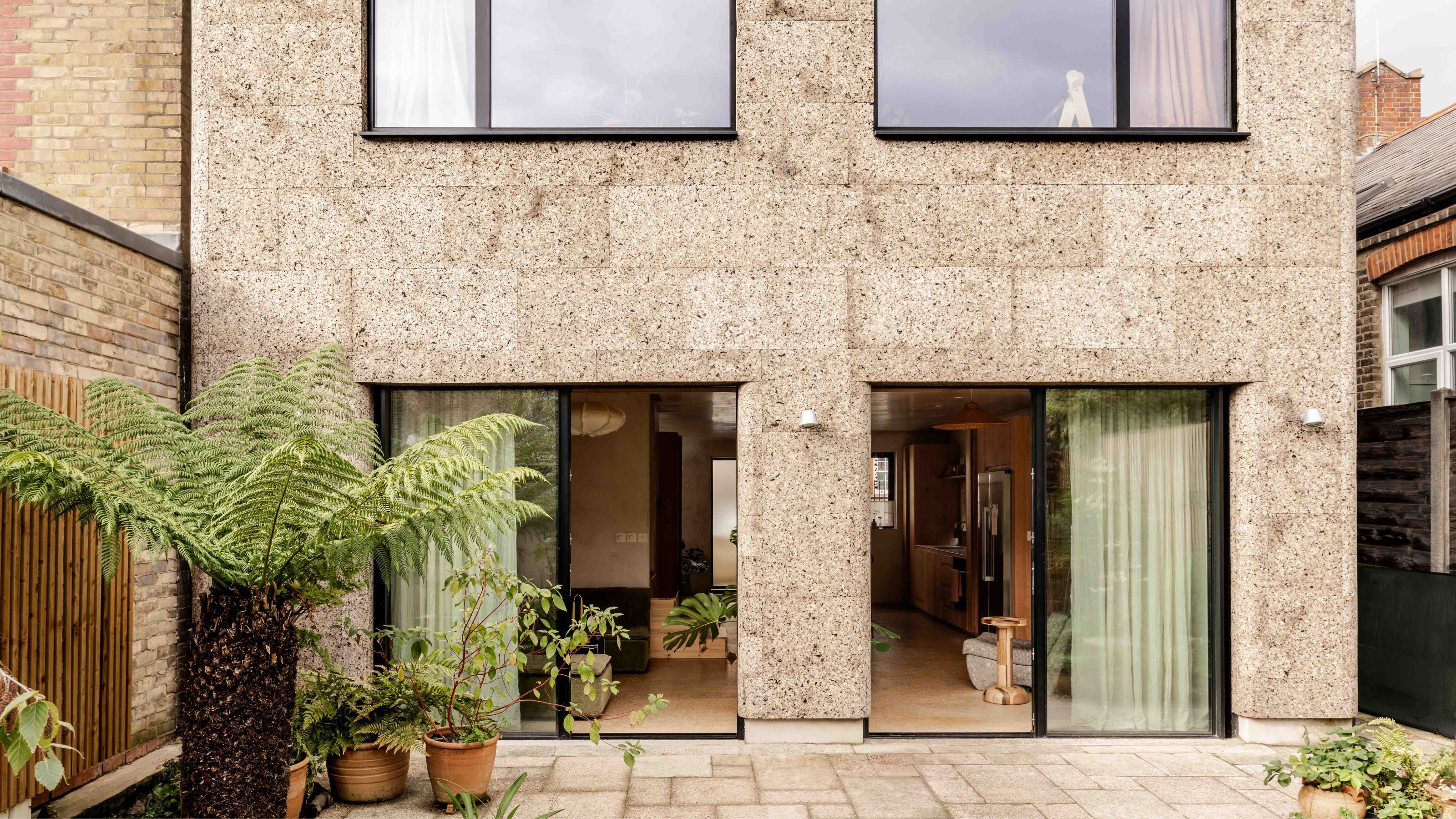Modern Homes
Take a tour of the world's best modern homes, owned by architects, interior designers and full of decor inspiration
Latest
-
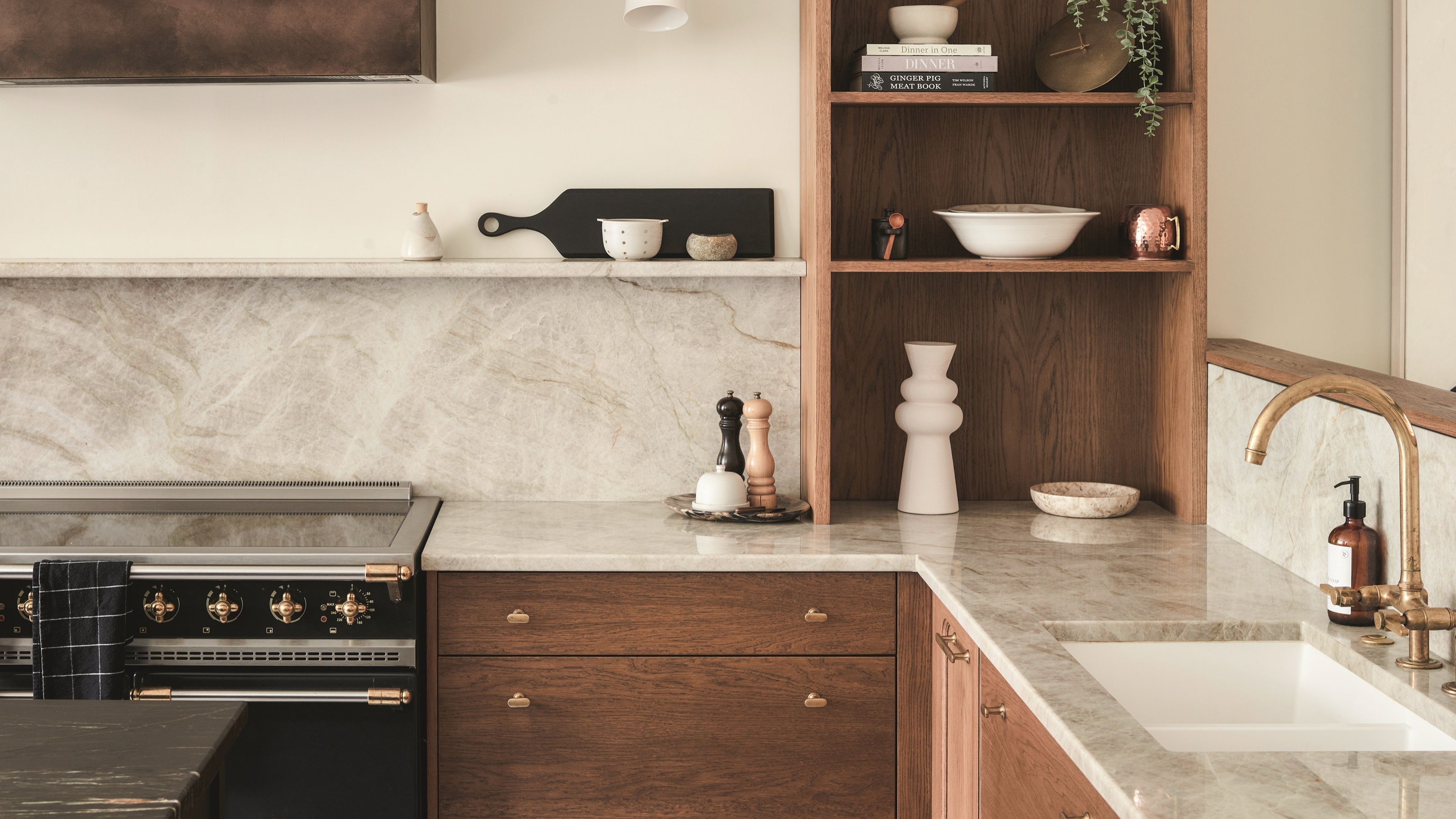
This Charming Victorian Terrace Went From Stark and 'Shiny White' to Filled With Lived-in, Soulful Elements
A little bit retro, a whole lotta soul. This fabulous family home blends modern-rustic style with Seventies vibes
By Mary Weaver Published
-
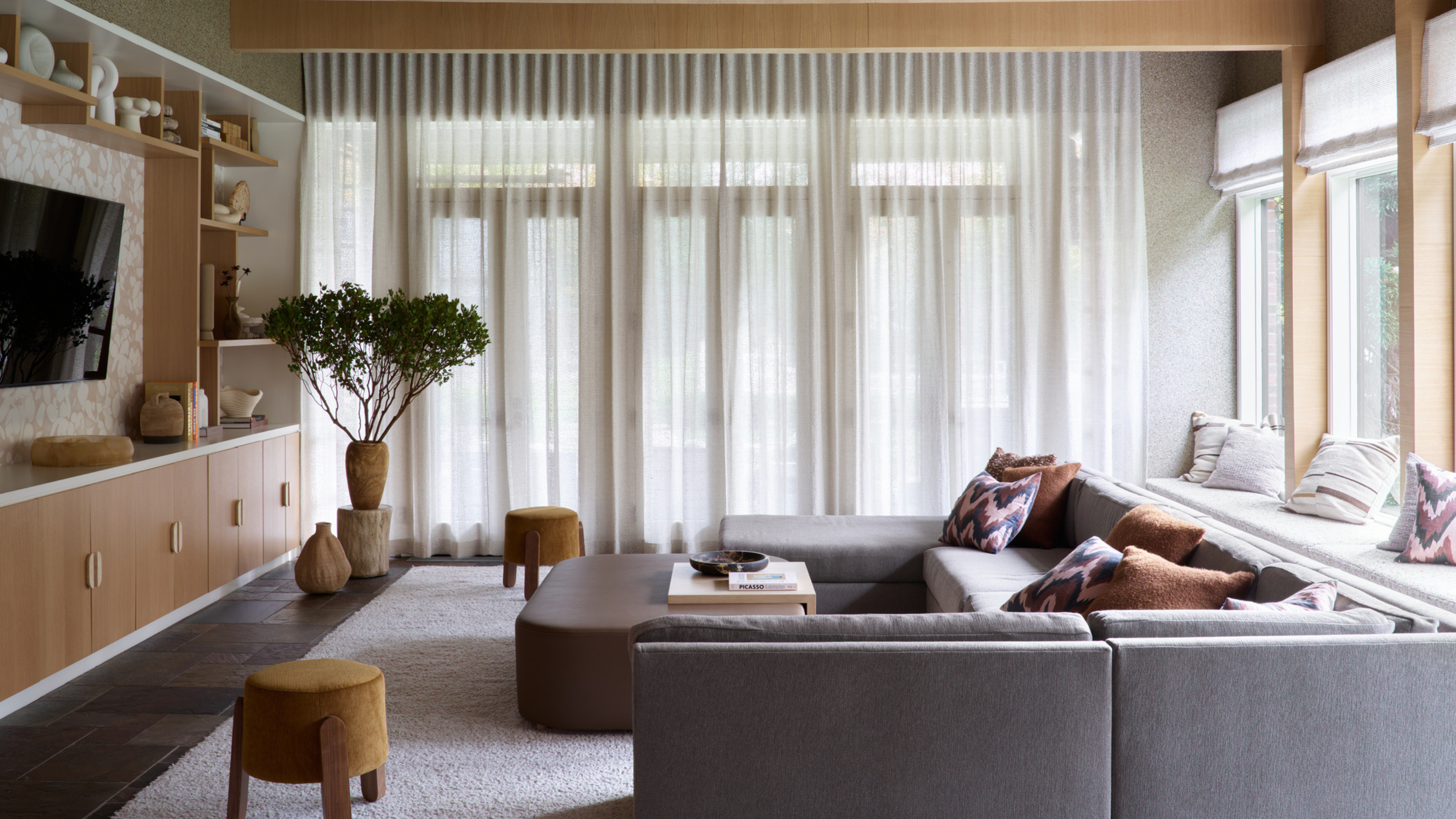
Designing a Home for 7 (Plus Pets) Is No Easy Feat — This Designer Took the Challenge Head-On, and the Results Are Stunning
This mid-century home demonstrates how practicality and style go hand-in-hand when designing for large families
By Devin Toolen Published
-

The Designer of This Sydney Home Treated Every Room 'Like Its Own Little World', so Even the Landing Is a Design Moment
David Flack used gut instinct to create a dynamic family home for a client whose brief was, basically, the antithesis of cookie-cutter Sydney beach house
By Hanna Marton Published
-
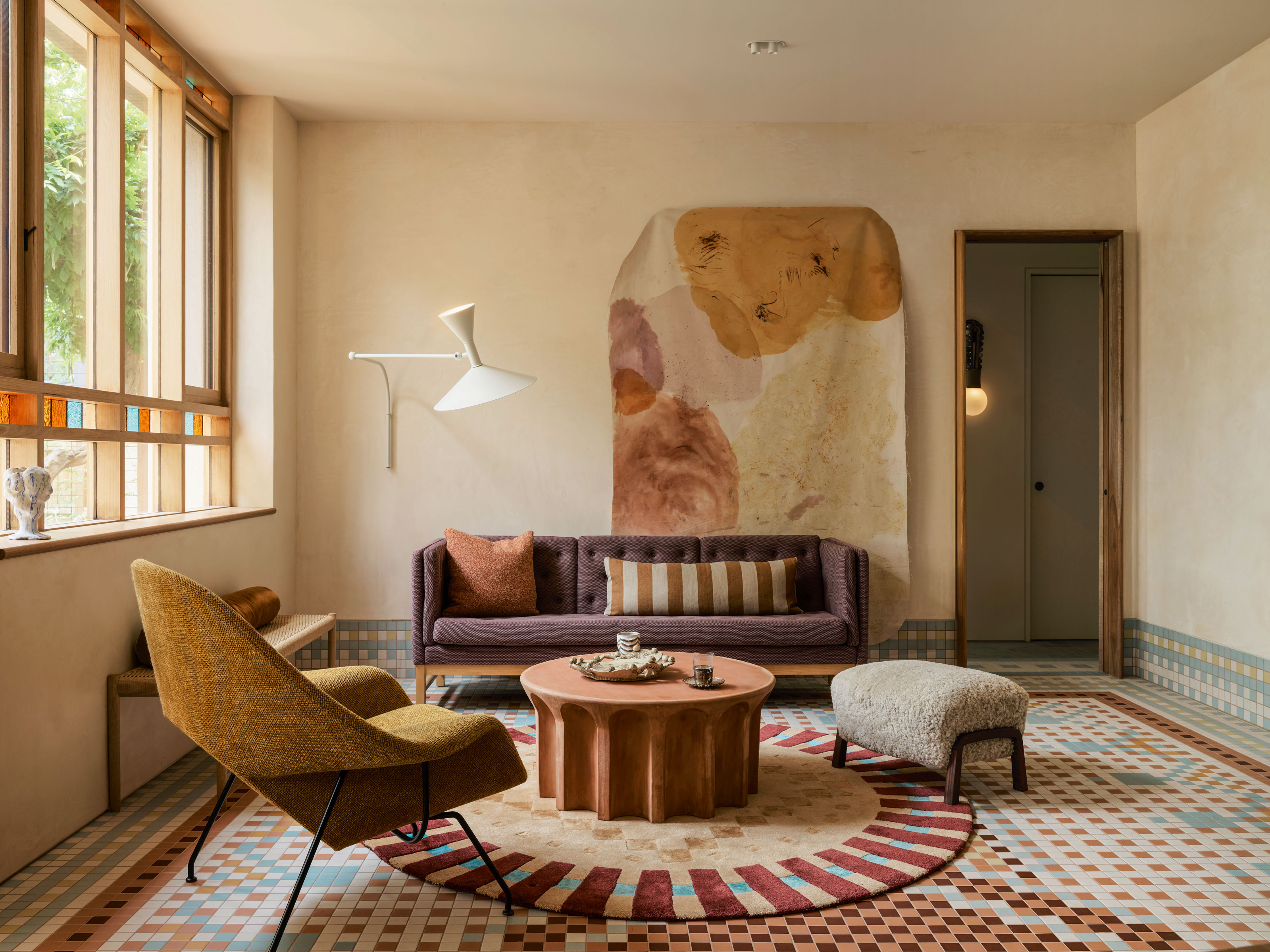
For Its Color Blind Owners, the Designer of This Sustainable Melbourne Home Had to Dial Up the Intensity of the Hues Inside
The creative renovation of this period home in Melbourne cleverly references both the Scandi and Middle Eastern roots of its owners
By Keith Flanagan Published
-
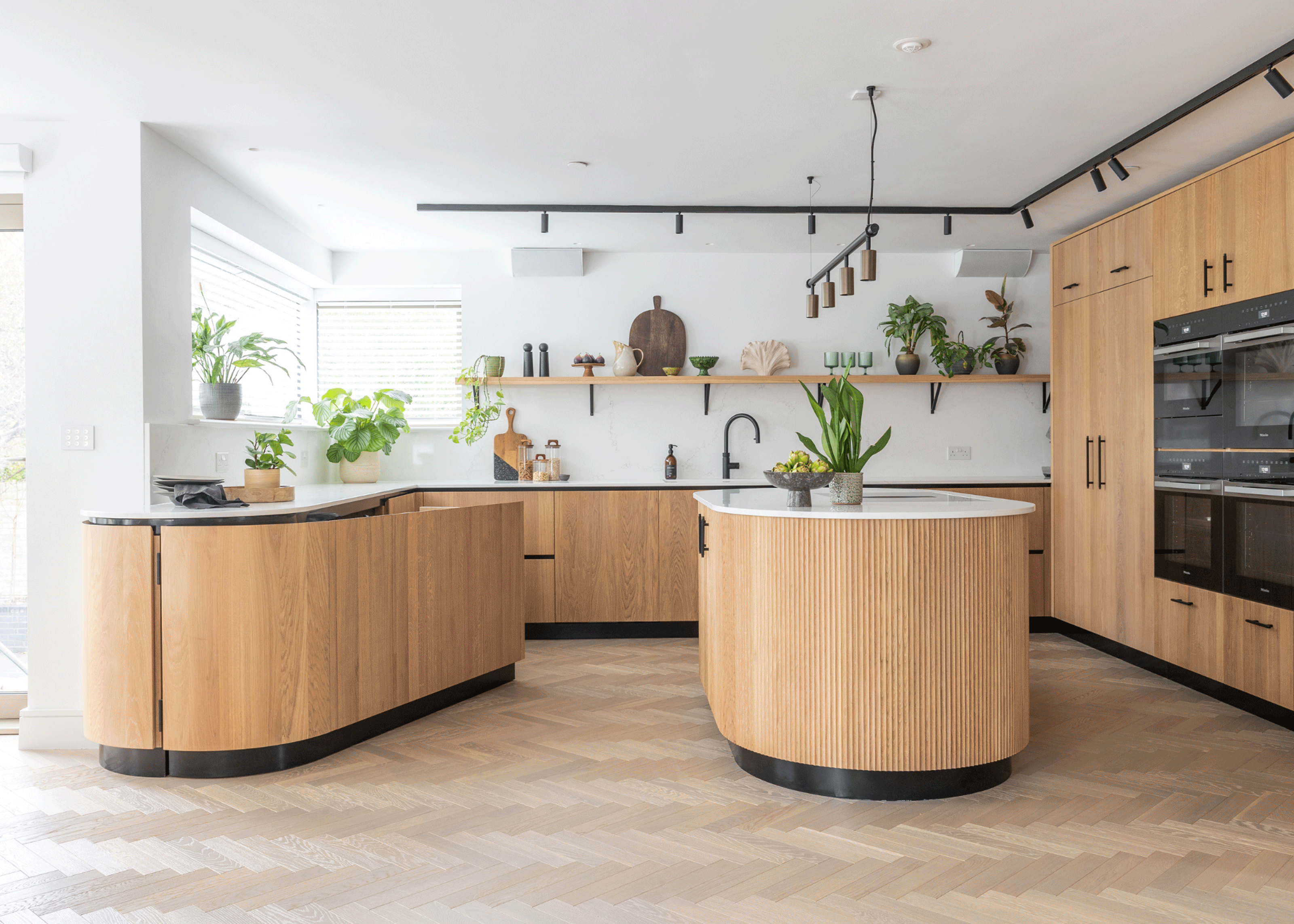
A DJ Booth in Your Cabinets? How a Hidden Turntable Turned This Home Into the Perfect Venue for Kitchen Discos
This Brighton kitchen makes for the most stylish house parties
By Maya Glantz Published
-
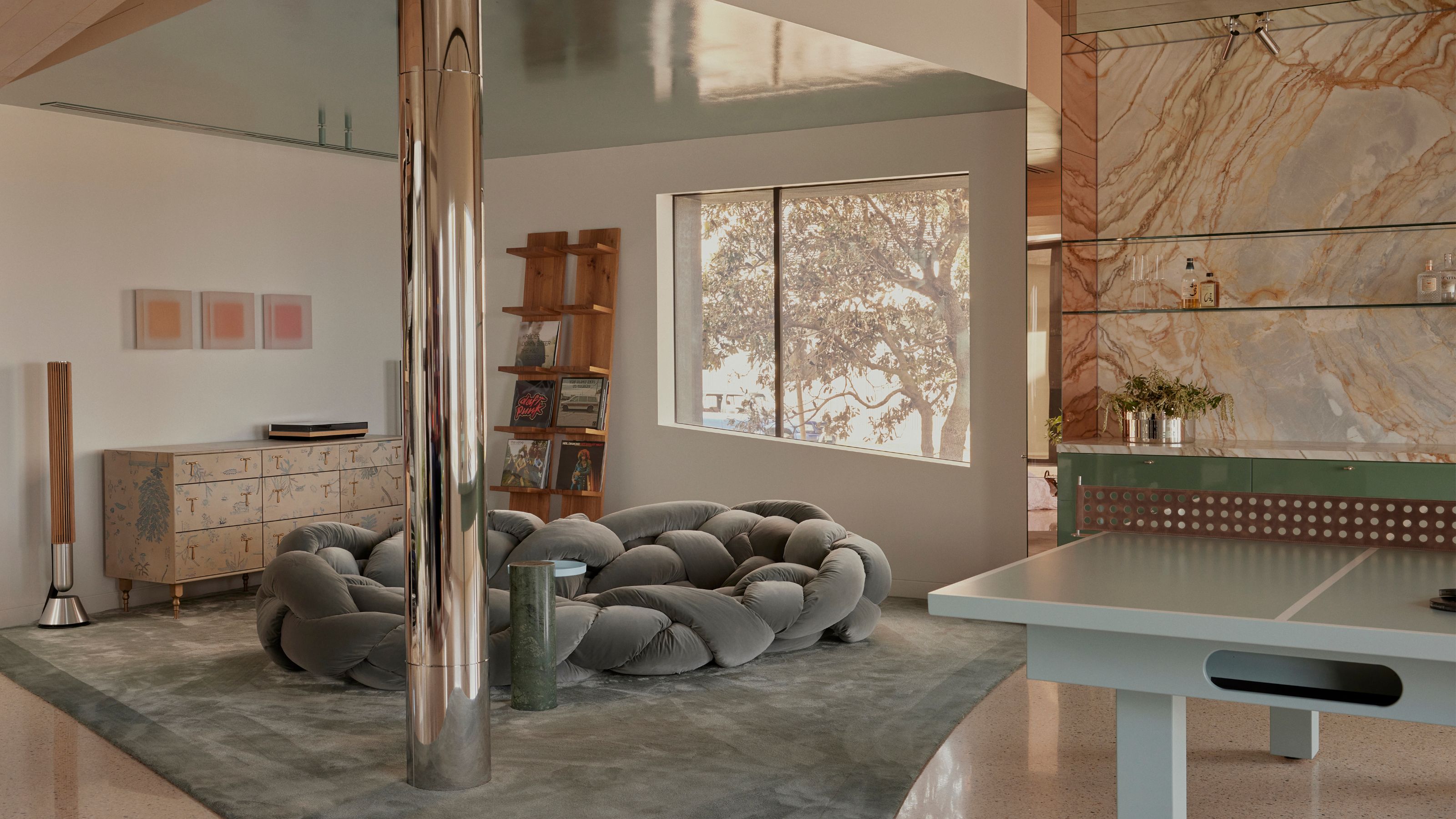
Removing a Bedroom in This Melbourne Home Made Space for the Most Beautifully-Designed 'Rumpus Room'
Nothing was off the table when design studio Sally Caroline transformed this modern beachside house into a playful family home
By Hanna Marton Published
-
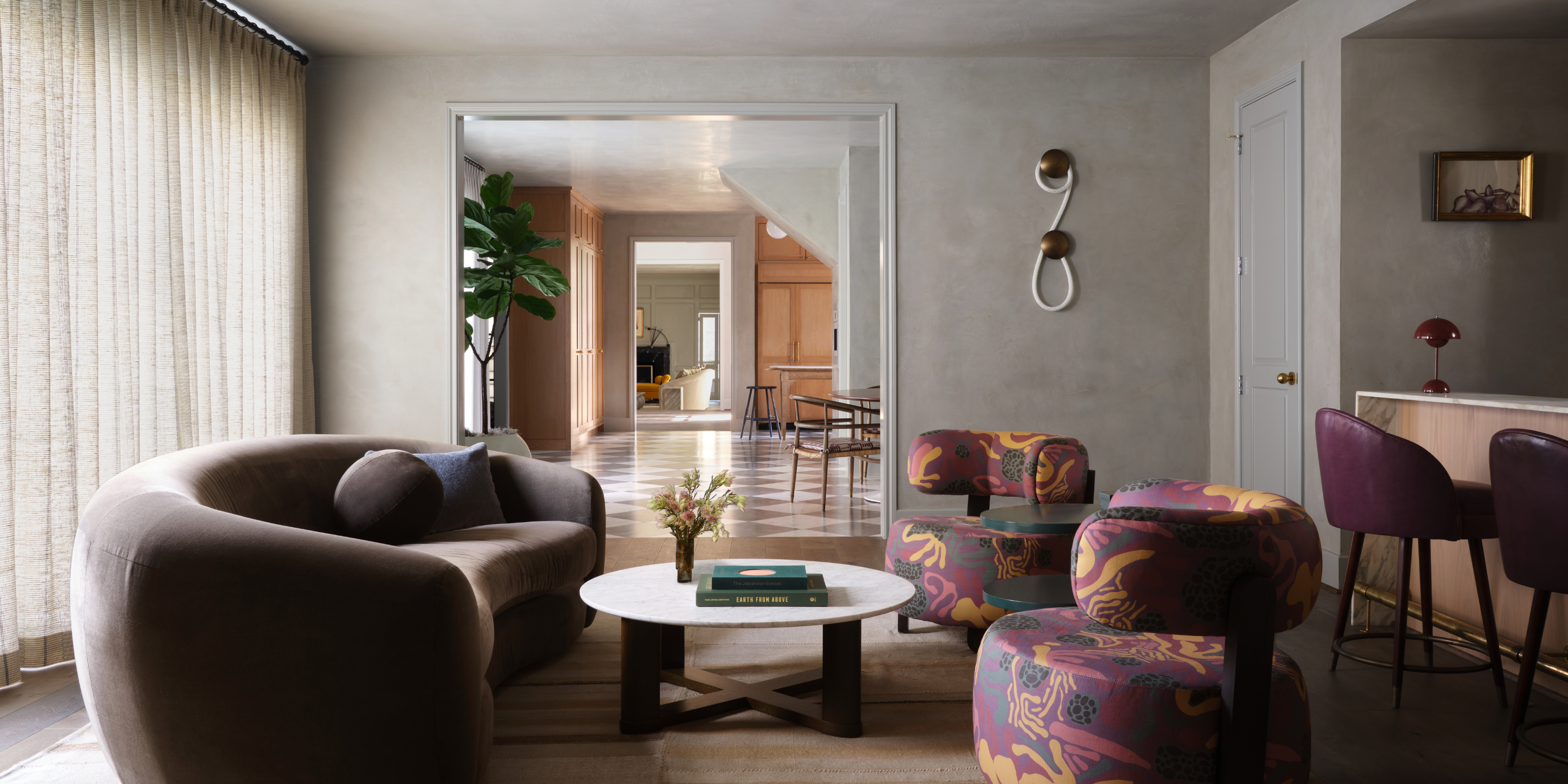
"A Balance of Restraint and Irreverence" — How This Home Masters the Art of 'Playfully Mature' Style
Interior designer Annie Downing designed a home for an old friend, blending playful personality and mature sophistication
By Devin Toolen Published
-
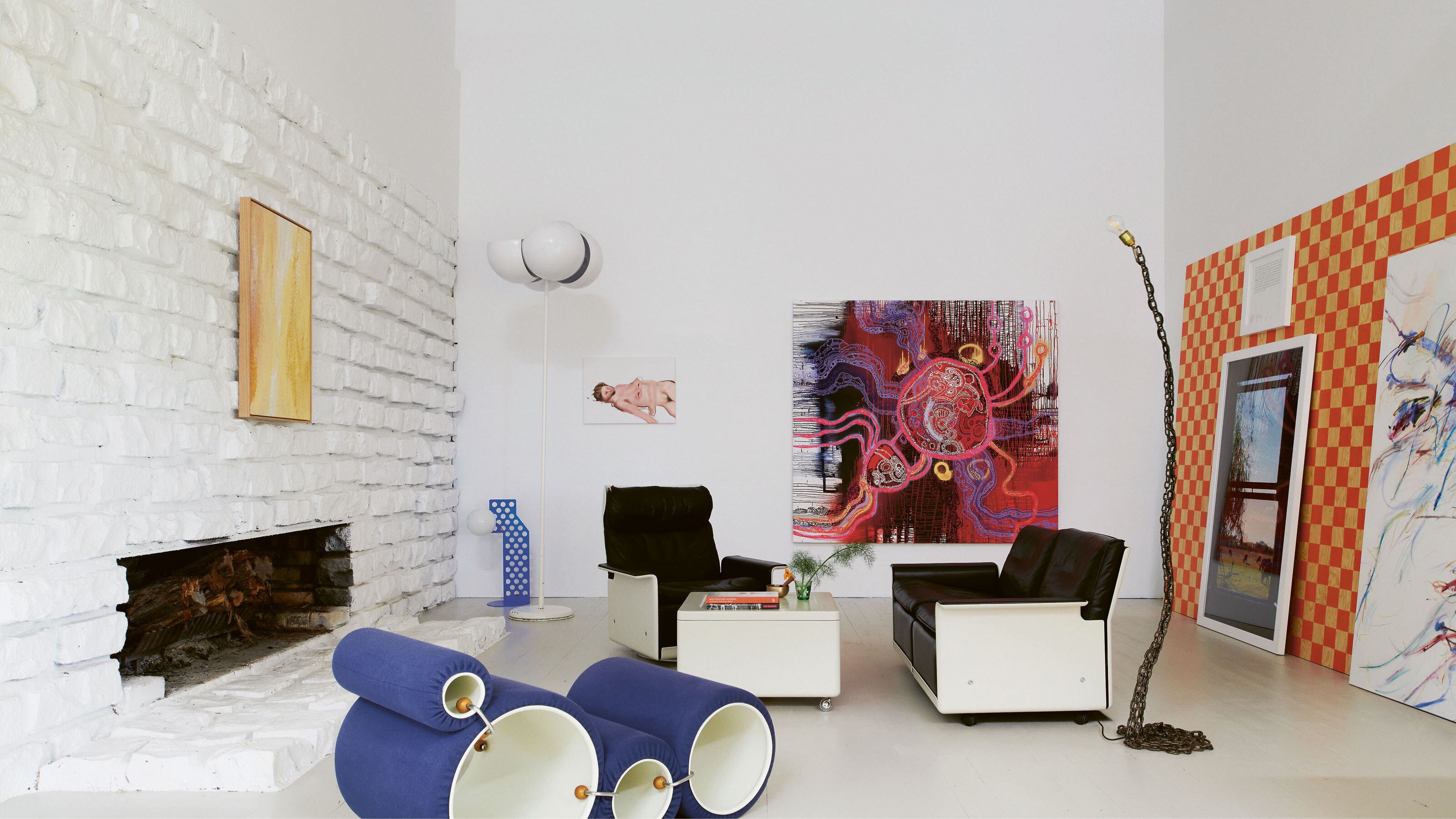
A Dedicated "Art Barn" Lets the Owners of This Unique Home Regularly Rotate Their 350-Piece Curated Collection
In an excerpt from her new book, interiors photographer Nicole England takes us inside a unique residence brought to life by art
By Nicole England Published
-
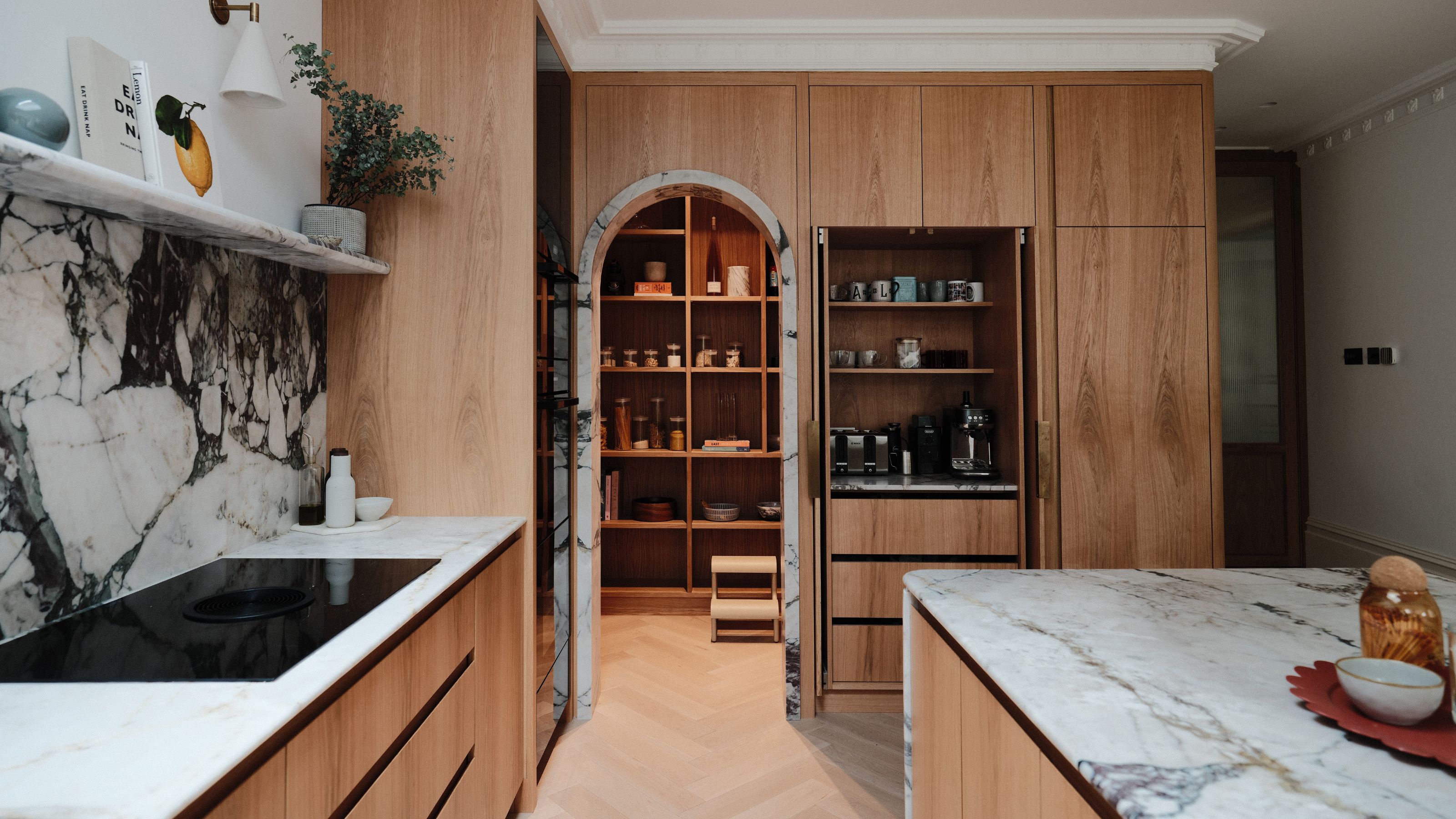
This Kitchen in North London Touches on Finely Crafted Design With Irresistible Marbling
A space that embraces the mixture of textures and material, this North London home was designed into a luxury oasis
By Faiza Saqib Published
-
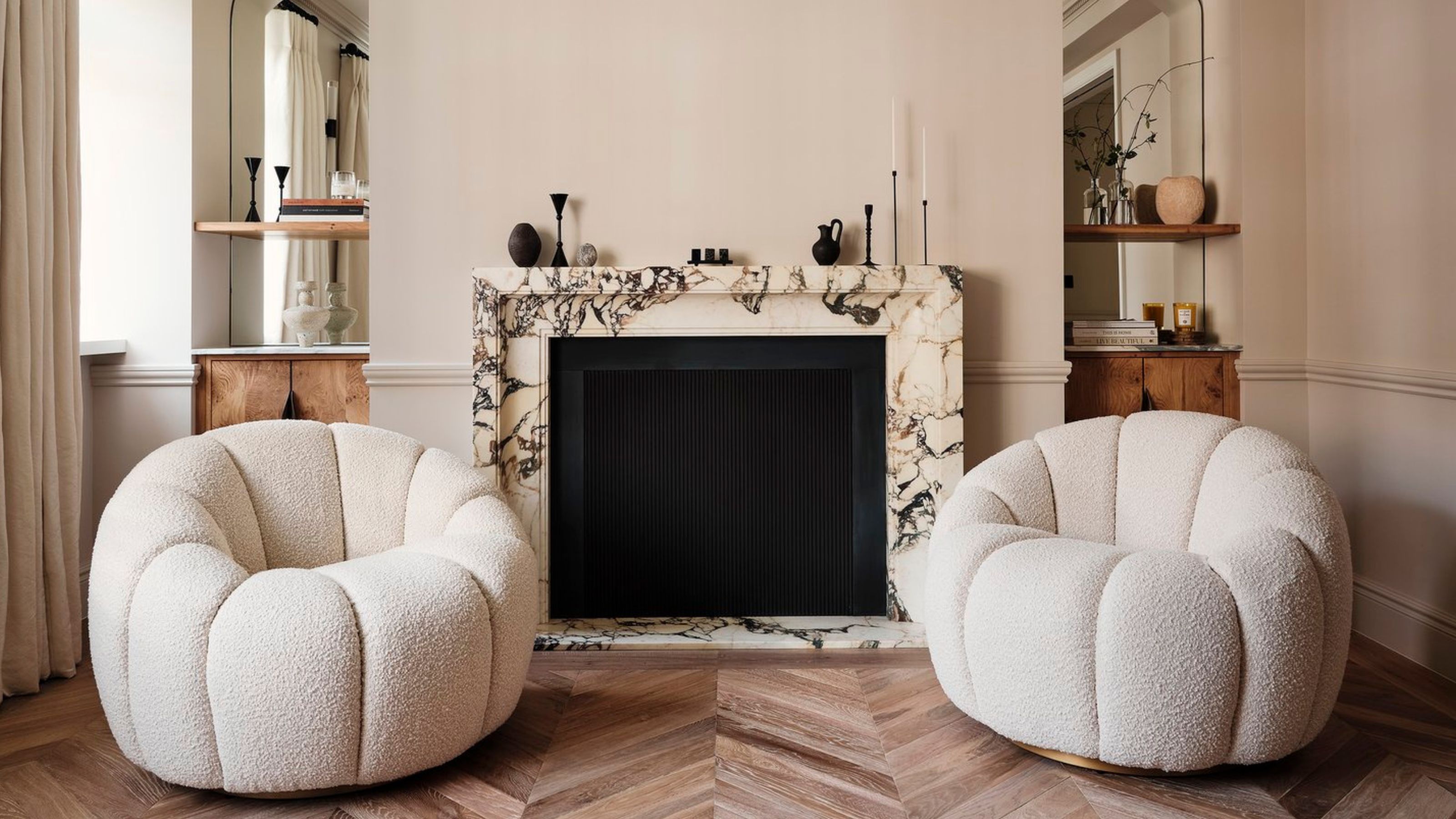
A "Counter-Intuitive" Renovation to This 1930s London Flat Made Room for a Cozier Family Life
A clever interplay of subtle tones and back-to-nature finishes have resulted in this very livable family flat
By Emma J Page Published
-
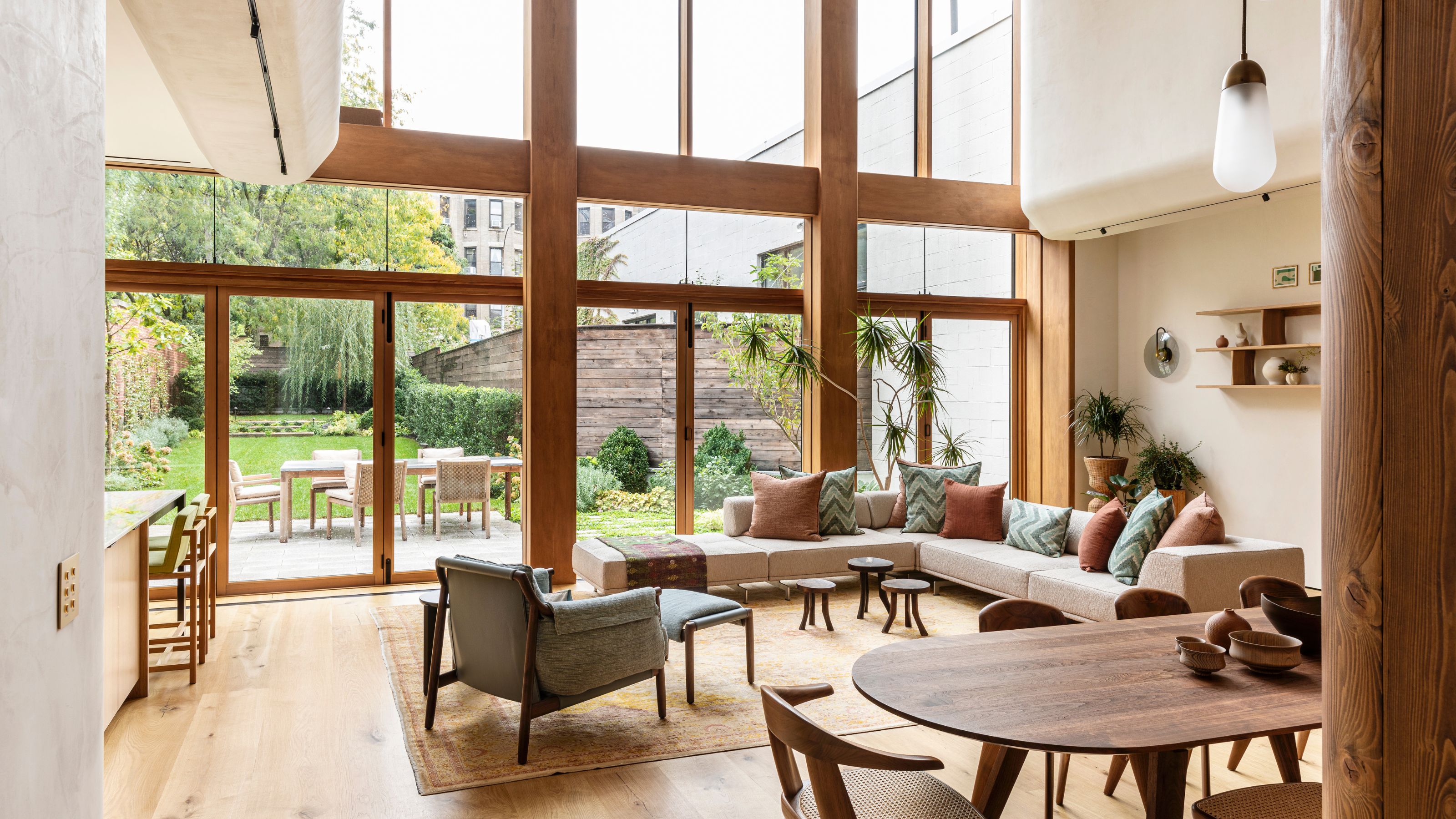
An Unexpected Jolt of Chartreuse in This Brooklyn Townhouse's Kitchen Made It, Surprisingly, Feel More Like Home
With soaring living spaces, Unionworks rounded out the reimagined home with relaxed furniture and down-to-earth touches
By Keith Flanagan Published
-
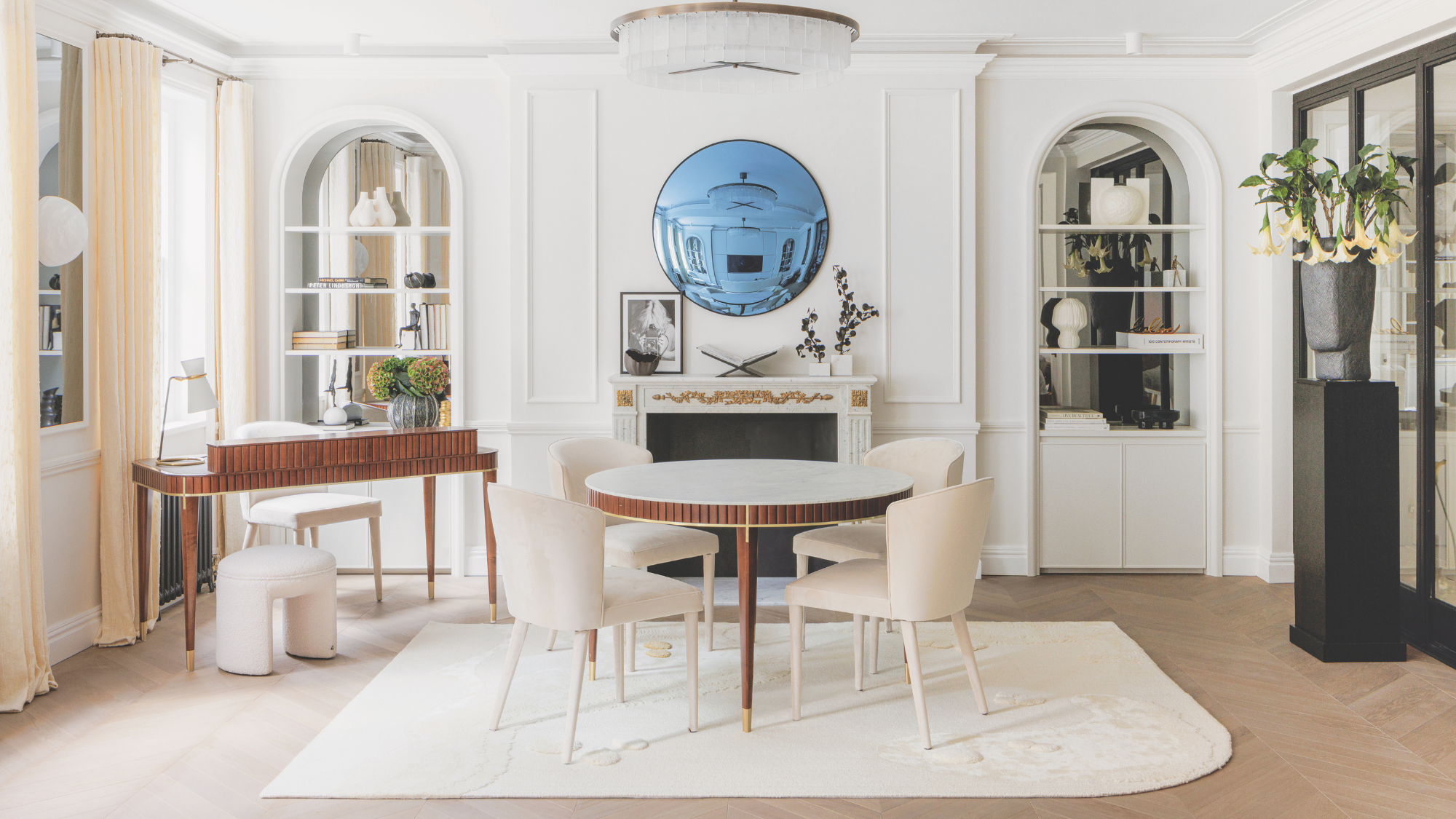
This Luxury London Flat Is a Masterclass in Using "Every Possible Shade of White"
Designer Olga Ashby used a neutral palette to turn an apartment's lack of space into the inspiration for genius storage solutions
By Emma J Page Published
-
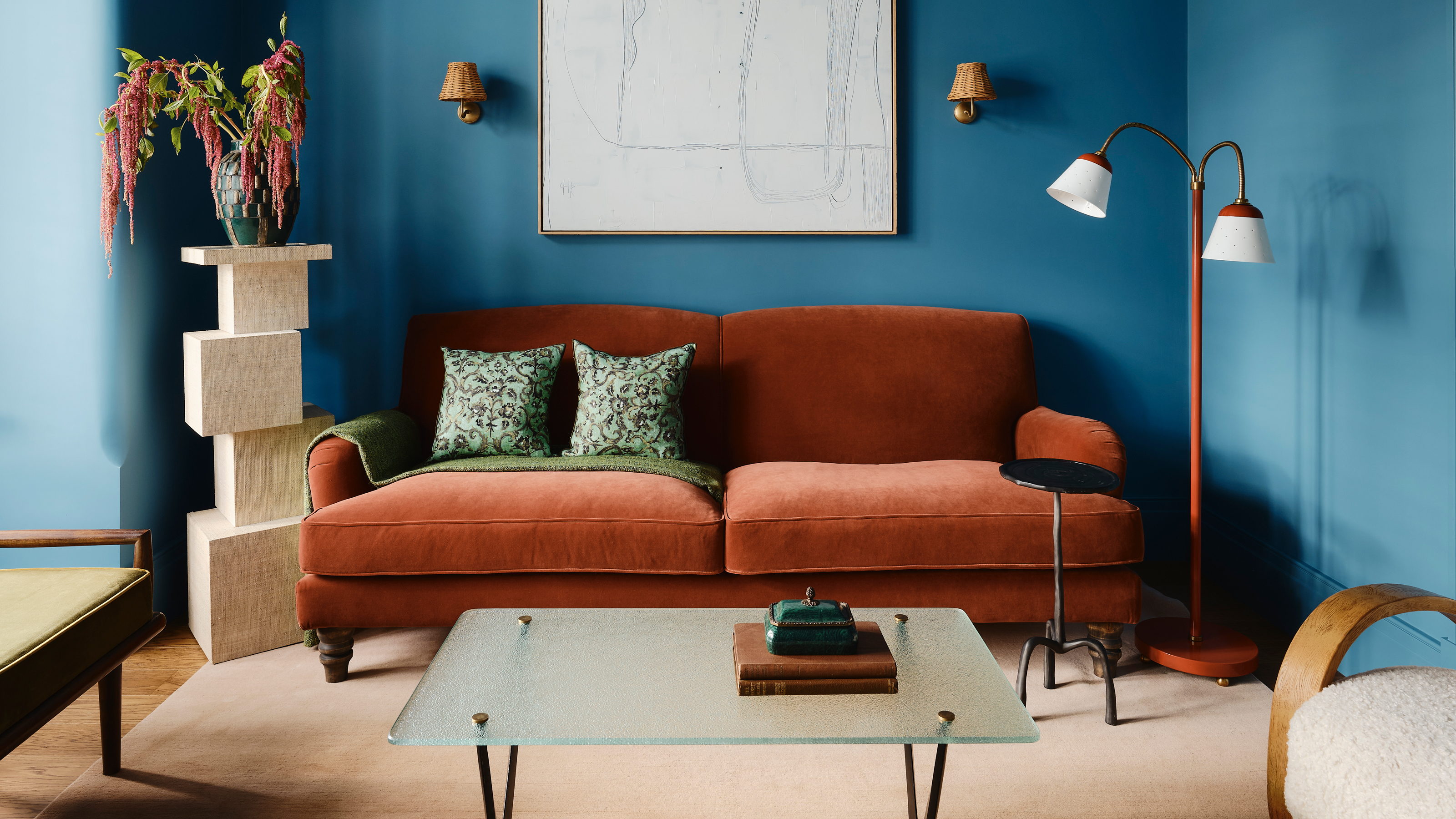
The Wallpapered Ceiling in This West London Home's Living Room Brings Together a Sri Lankan-Inspired Color Palette
Spectacular feature walls abound throughout this house, where rooms go from elegantly neutral to bold and beautiful each time you turn a corner
By Daisy Finch Published
-

Convincing the Owners to Block the Kitchen Window Actually Made a Bold Dublin Home Look Bigger
Designer Roisin Lafferty’s forward-thinking approach to this classic semi-detached house saw her harness the power of arches to create a seamlessly calm – yet beautifully colorful – home
By Pip Rich Published
-

After a Flood, a Journalist's Dark Basement Flat Was Redesigned to Feel Surprisingly Light — Here's How
An unexpected deluge of flood water into what was a dank, dingy subterranean flat prompted a new vision, full of light, natural materials, and foliage
By Fleur Britten Published
-
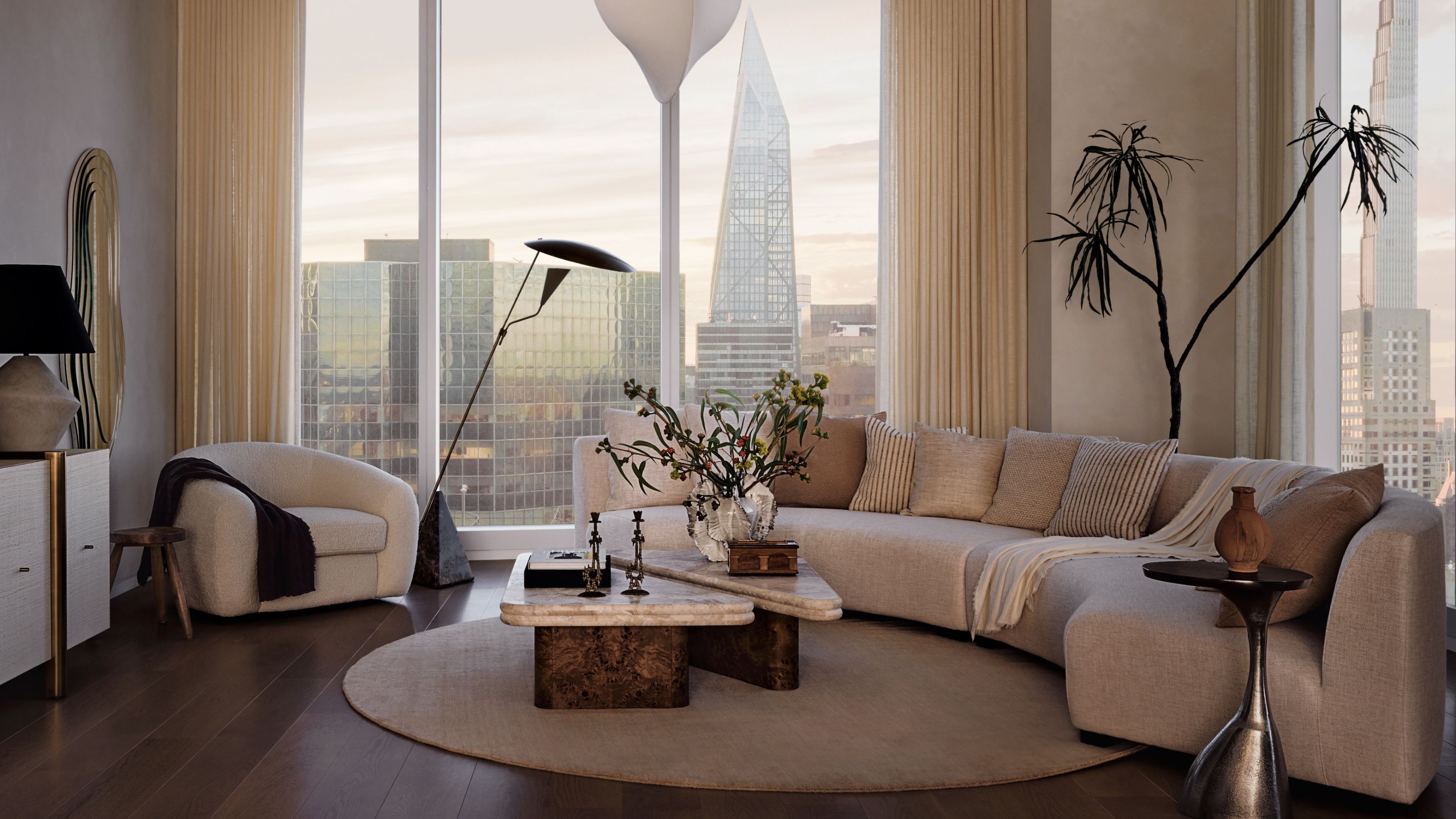
Up High in a Norman Foster-Designed Tower, frenchCALIFORNIA Created a Hotel-Inspired Apartment for a Globe-Trotting Couple
Collectible vintage and contemporary pieces add contrast to a new Manhattan apartment with a refined and global feel
By Keith Flanagan Published
-
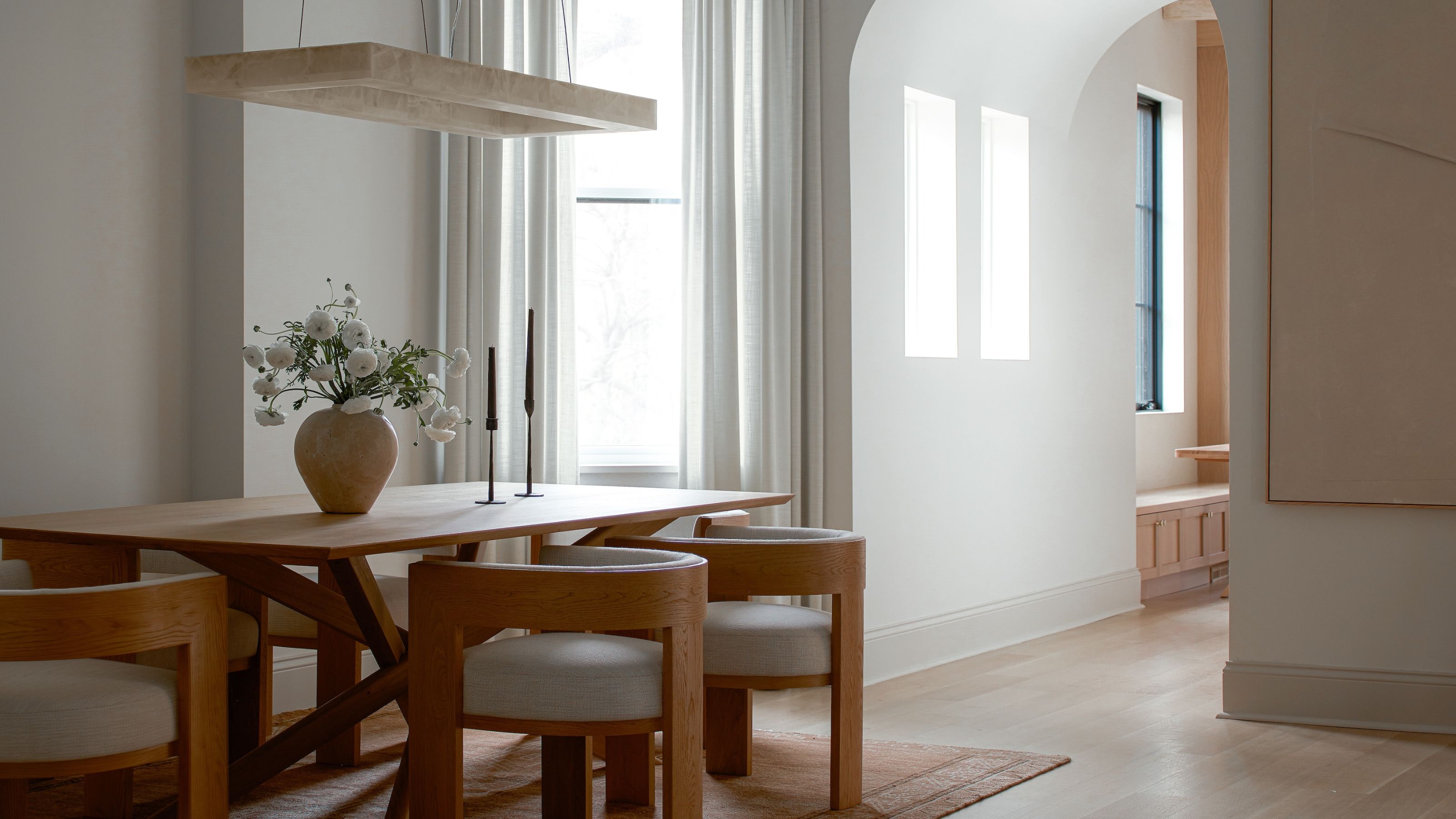
Decades of "Patchwork Updates" Left This Chicago Home Lacking, but Now Its Japandi Style Is Picture-Perfect
With a less-is-more mentality, Rockenbach Design Studio chose simple yet sophisticated pieces in this perfectly balanced home
By Keith Flanagan Published
-
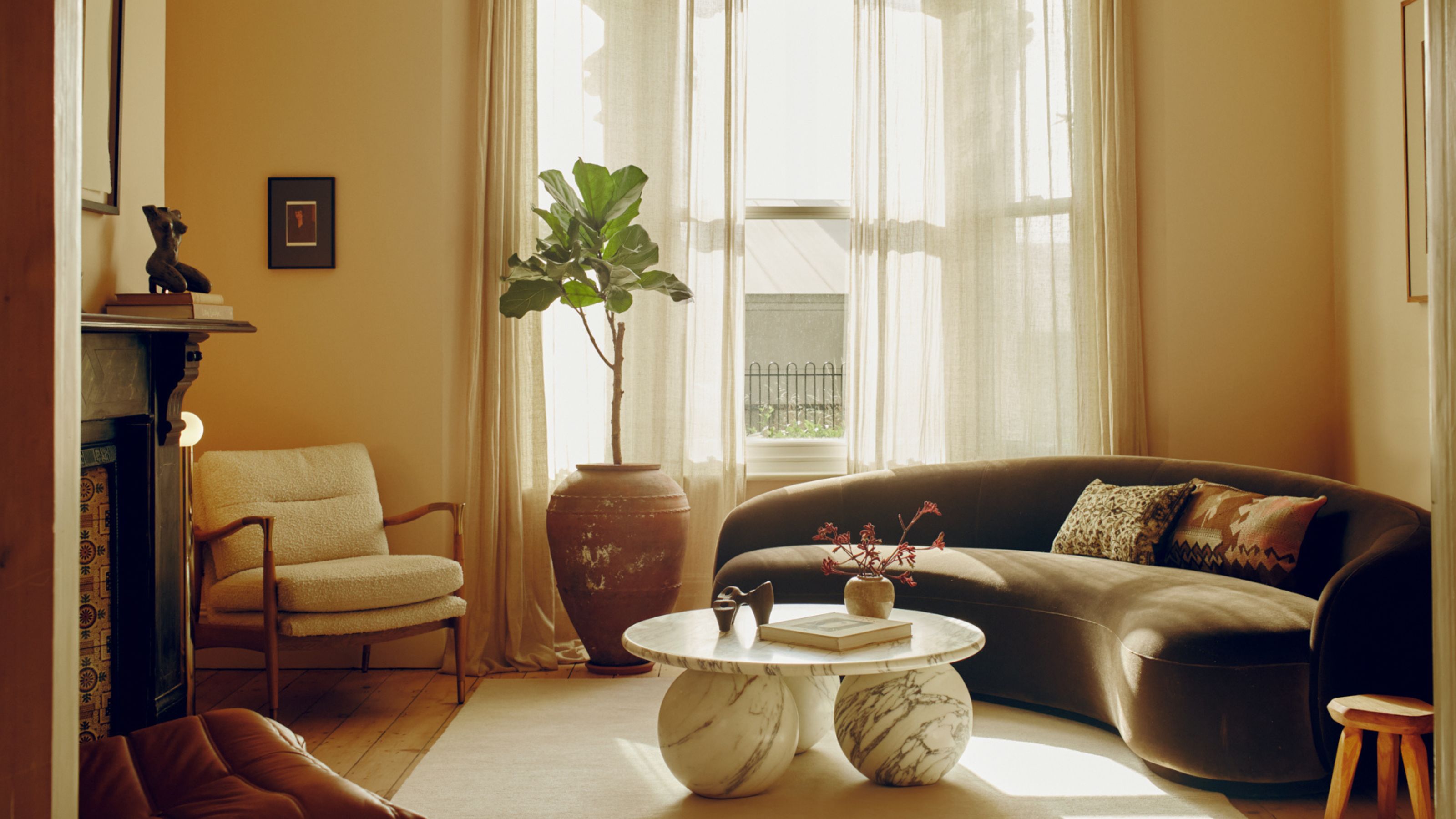
Before and After — This Designer Picked the Perfect Pink to Cozy up a North-East Facing Living Room
Decorating this period Wimbledon property in a warming blush tone (that almost reads yellow at certain times of day), designer Filippo Calvagno proves pink is for grown-ups too
By Marina Rabin Published
-
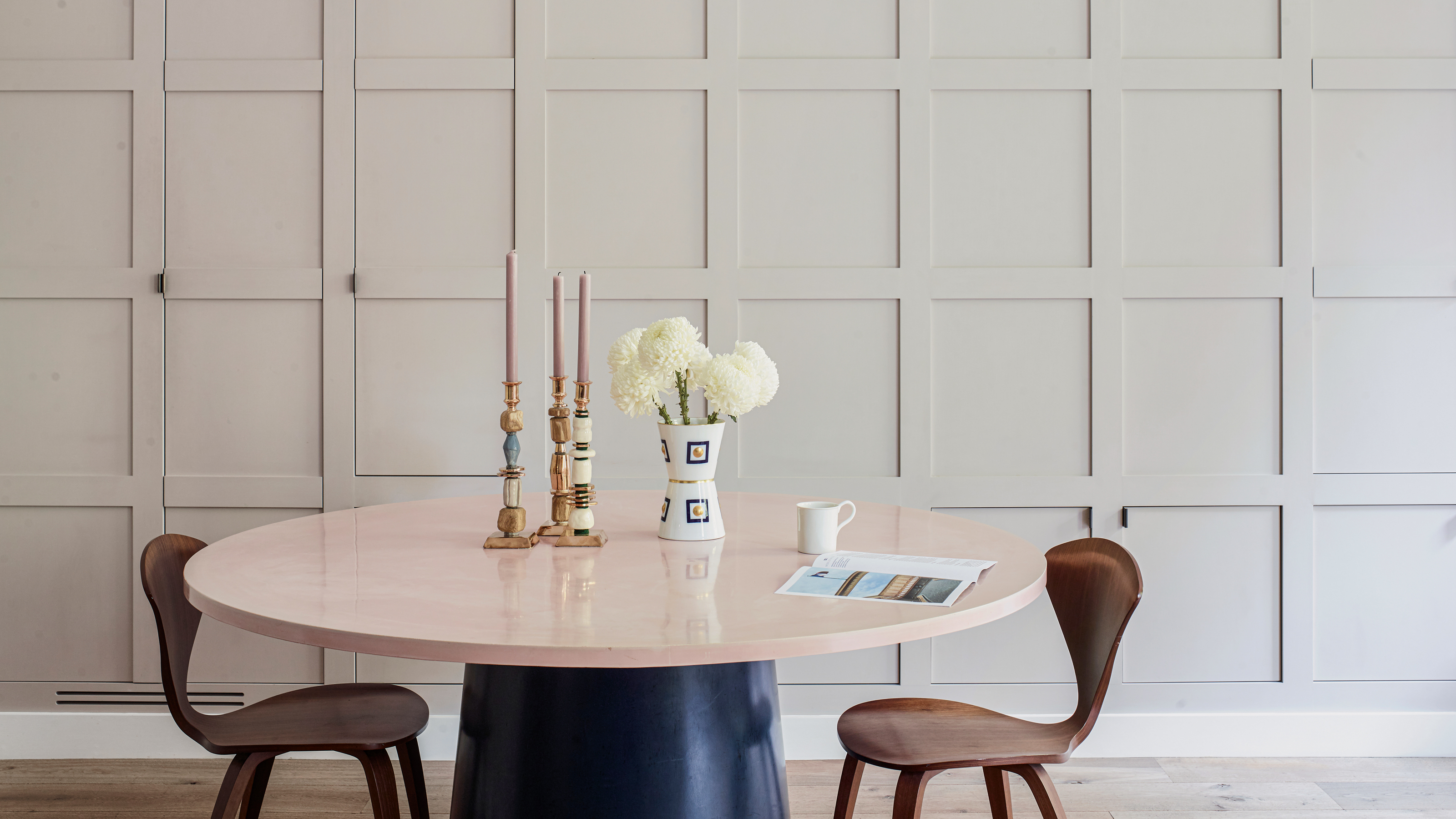
All the Clutter Is Hidden in the 'Storage Wall' of This London Flat — Leaving More Room to Display Its Design Treasures
Isabelle Dubern-Mallevays, co-founder of The Invisible Collection, shows us her carefully curated Paris-meets-London apartment
By Mary Weaver Published
-
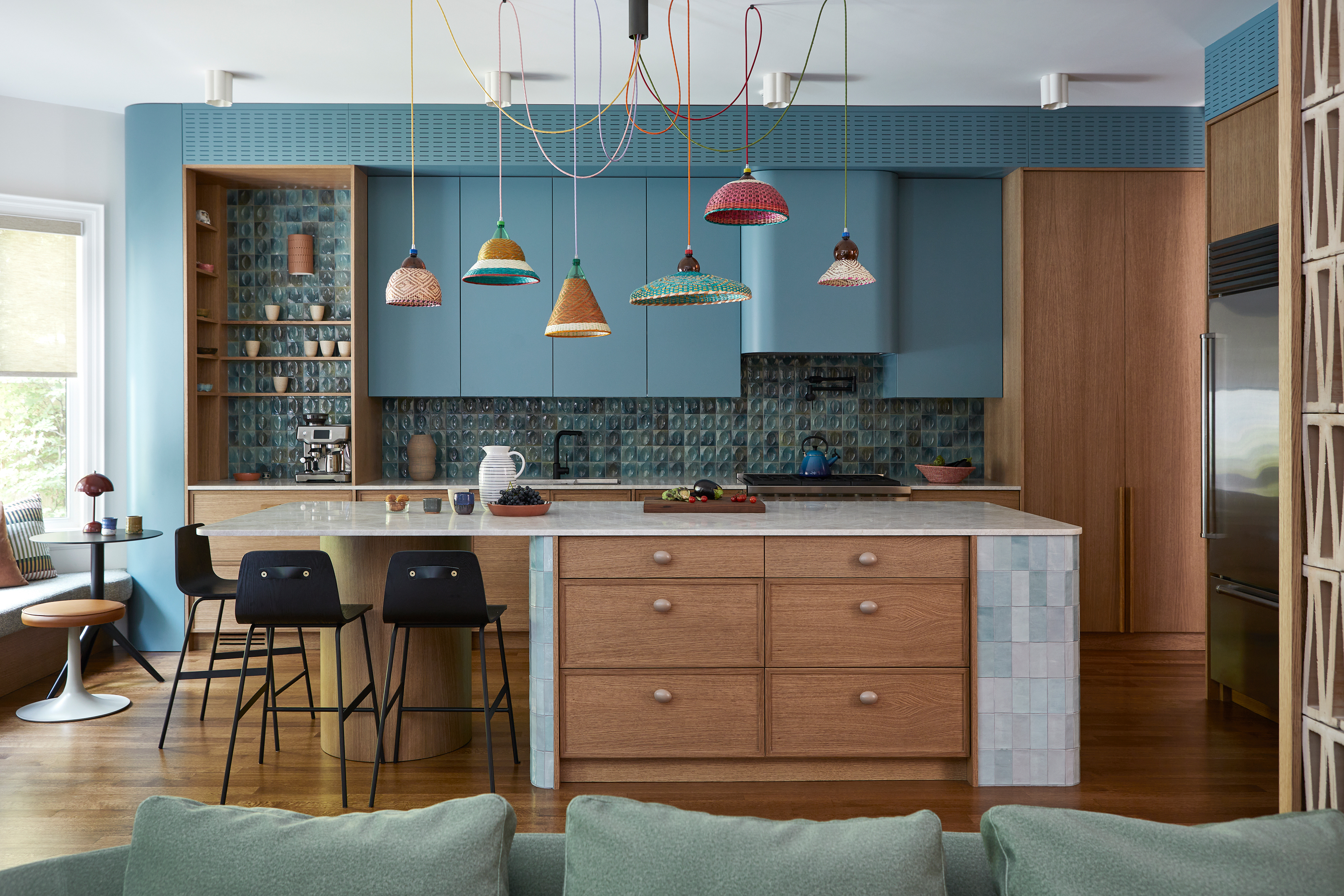
There Are 19 Different Tiles in This Toronto Home — From the Kitchen Island to the Room Dividers
From the kitchen island and the fireplace through to some unique room dividers, in this Toronto home, everywhere there could be tile, there is
By Luke Arthur Wells Published
-
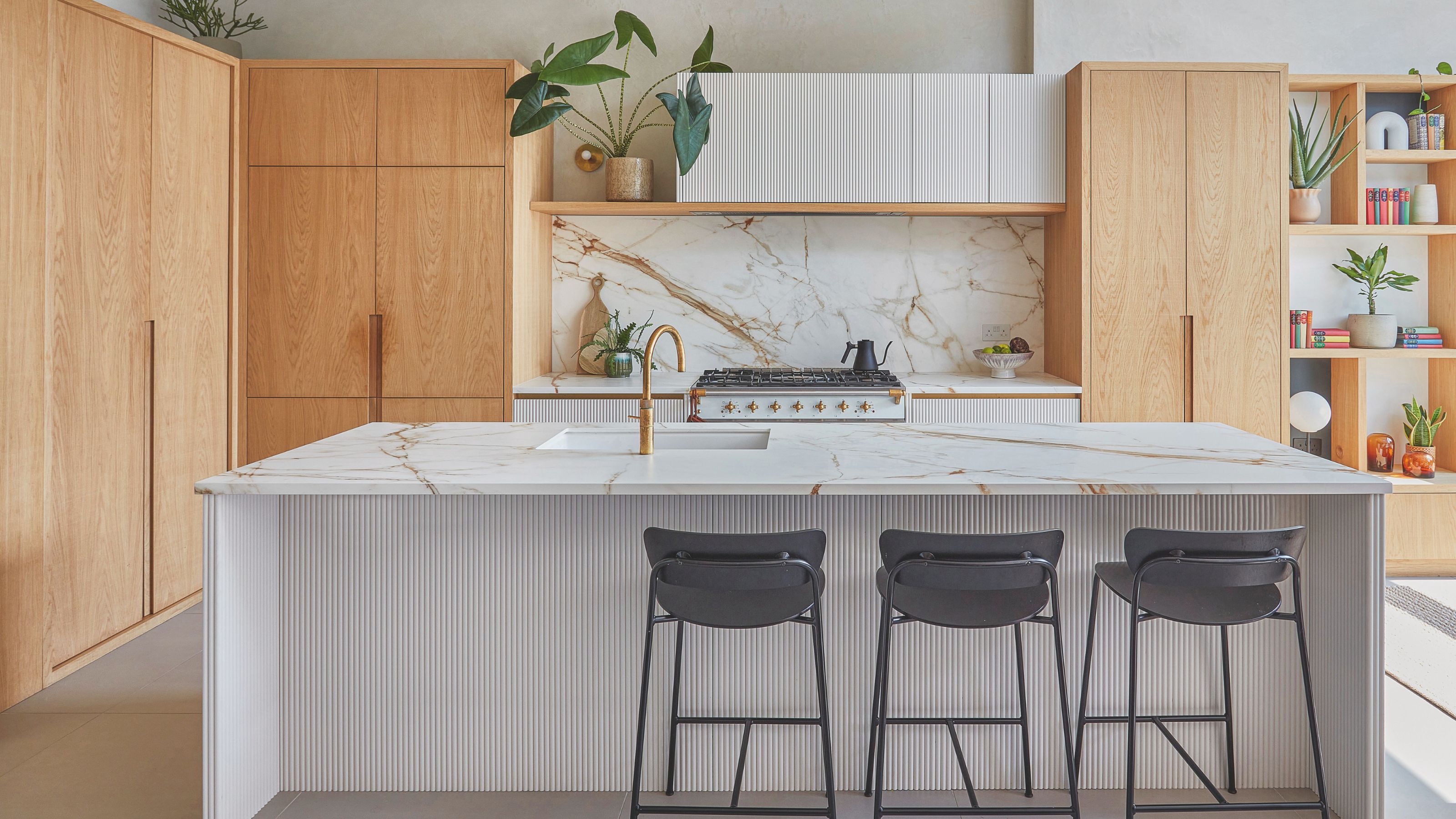
The "Unusual Decision" to Trade Floor Space for a Fern-Filled Atrium Makes This London Terrace Feel So Much Bigger
A plant-filled internal courtyard, a wildflower roof and plenty of natural textures infuse this London terrace with an airy, tropical feel befitting of the nature-loving heritage of its owners
By Emma J Page Published
-
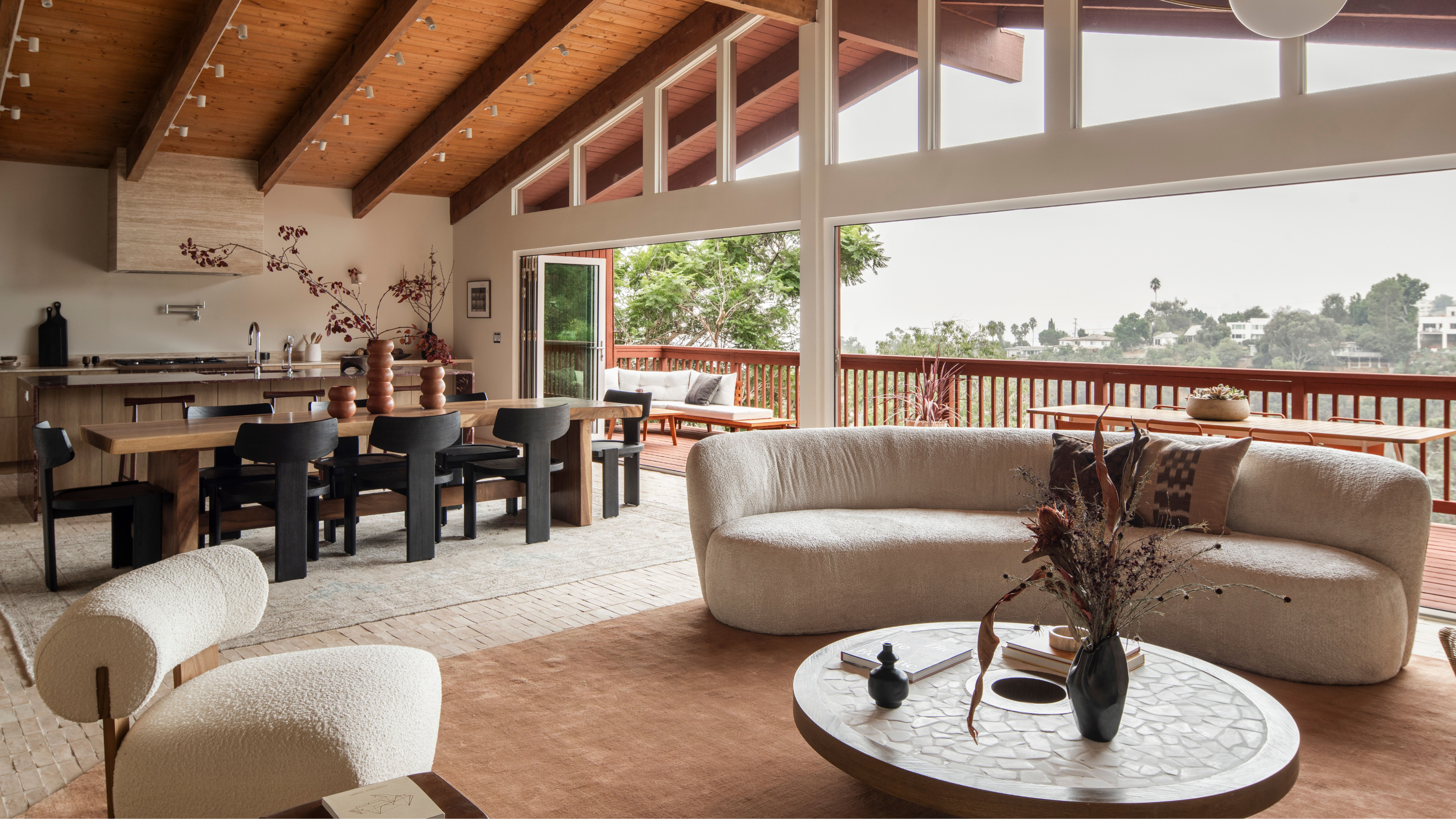
Before & After — Dated Finishes Were Removed to Reveal This Mount Washington Home's Mid-Century Roots
This newly renovated home is a lesson in respecting a house's architectural history while creating something that feels modern and fresh
By Maya Glantz Published
-
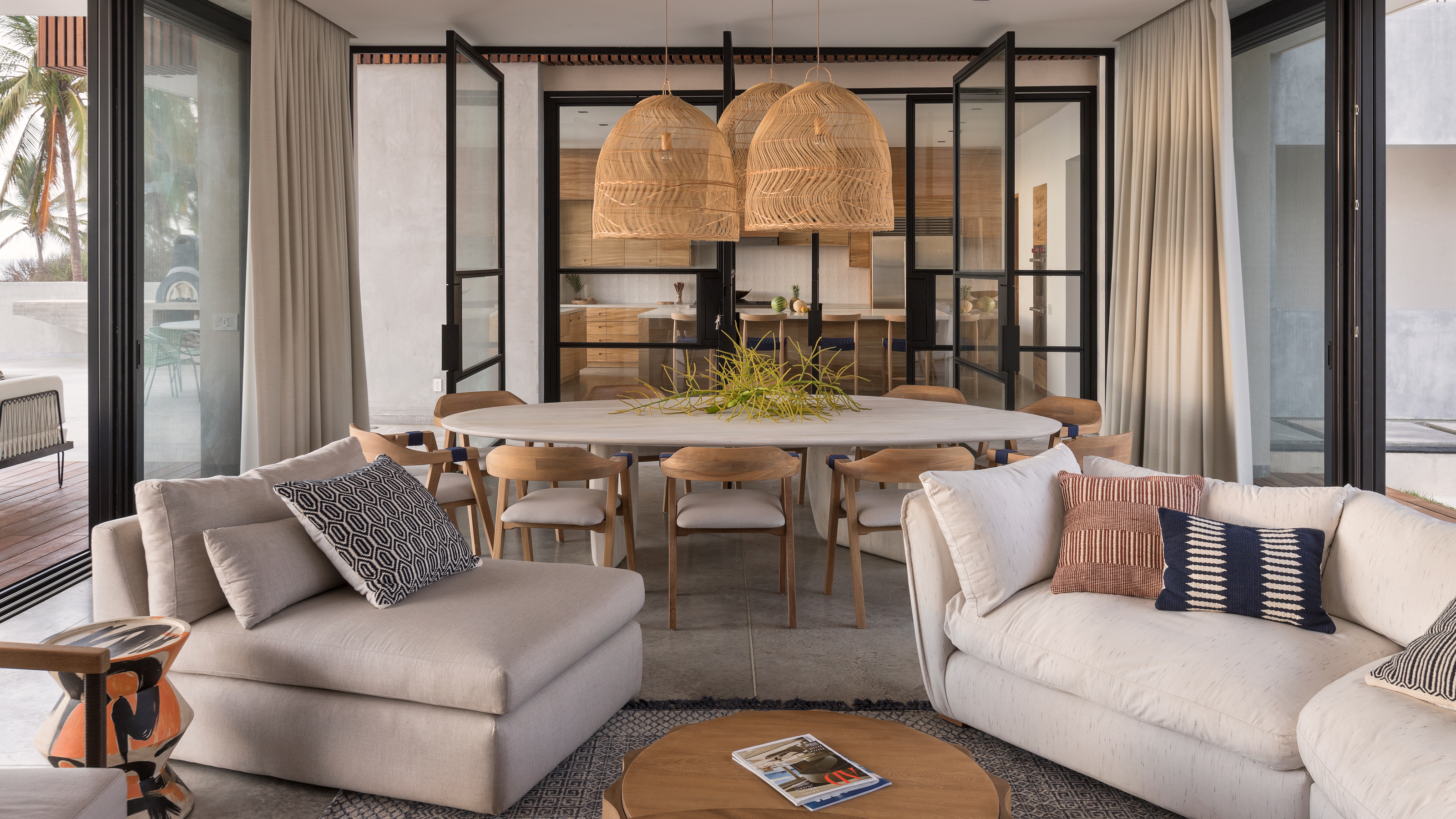
This Brutalist Mexican Home Could Have Felt Harsh — Instead, It's a Relaxing Coastal Retreat
Raul Velazquez, founder of RVO Studio, takes us on a tour of this architectural escape set right on the seafront
By Daisy Finch Published
-
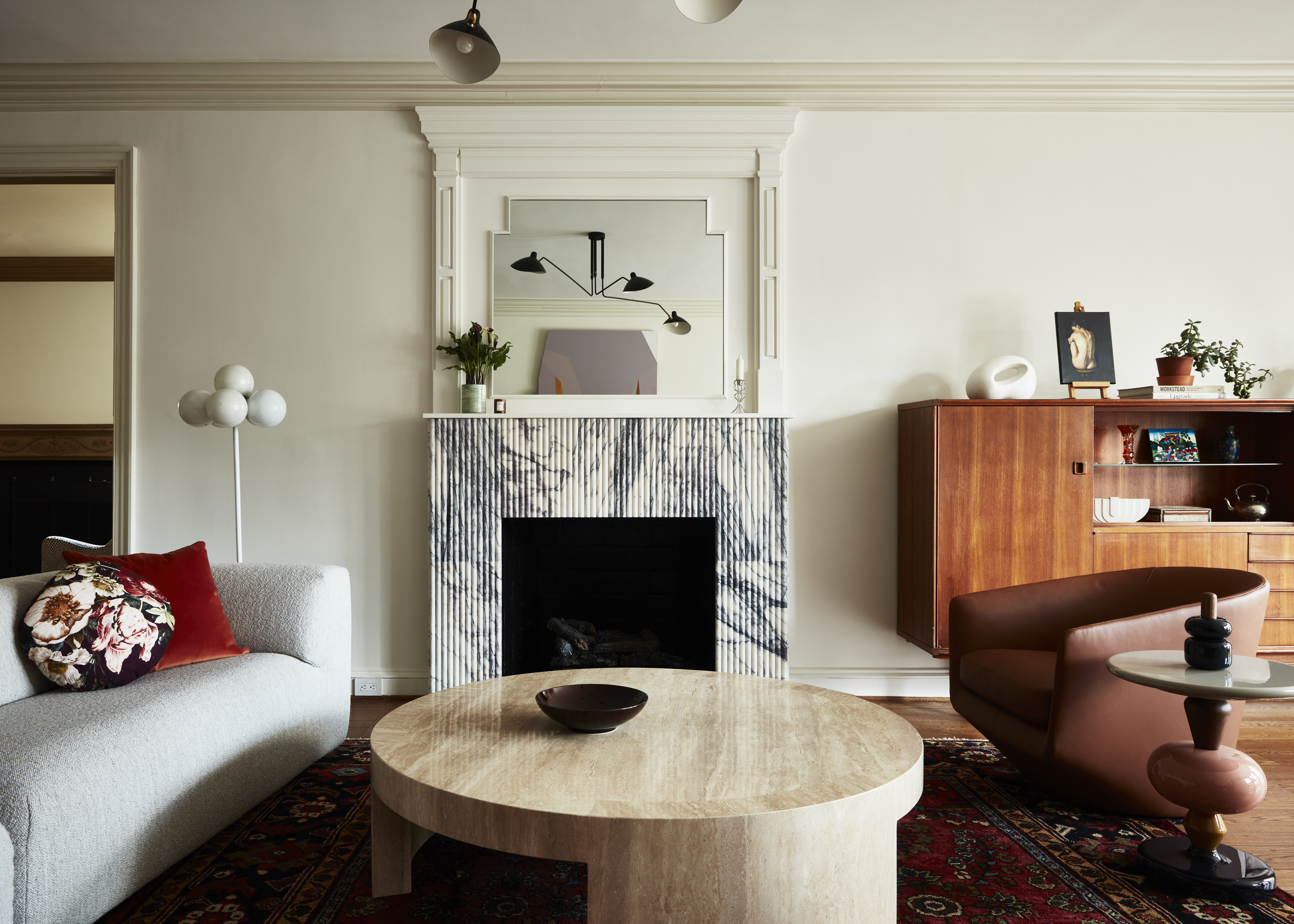
Before & After — A 1940s Baroque-Style Home With an Awkward Layout Has Been Given a Fabulously Functional Flow and Glam Parisian Flair
This glamorous home refurbished by Nicole Lanteri became the ideal canvas for romantic eclecticism and a timeless aesthetic
By Aditi Sharma Published
-
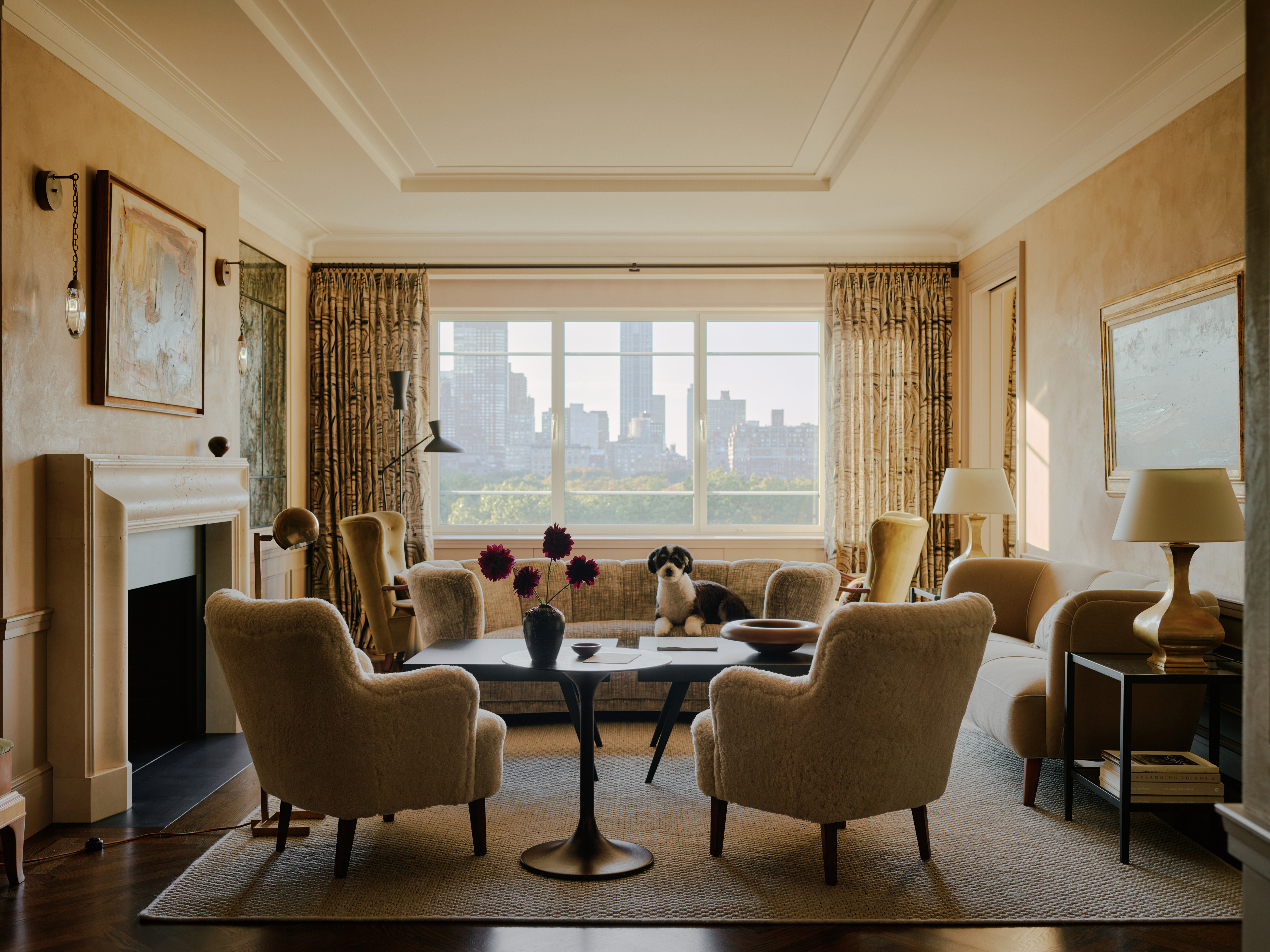
A New Color Palette Rewrote the Story of This Art Deco Gem, Previously Untouched for Over Half a Century
A glam palette draws from lively stone and Schumacher fabrics to create a chic Manhattan perch for empty nesters
By Keith Flanagan Published
-
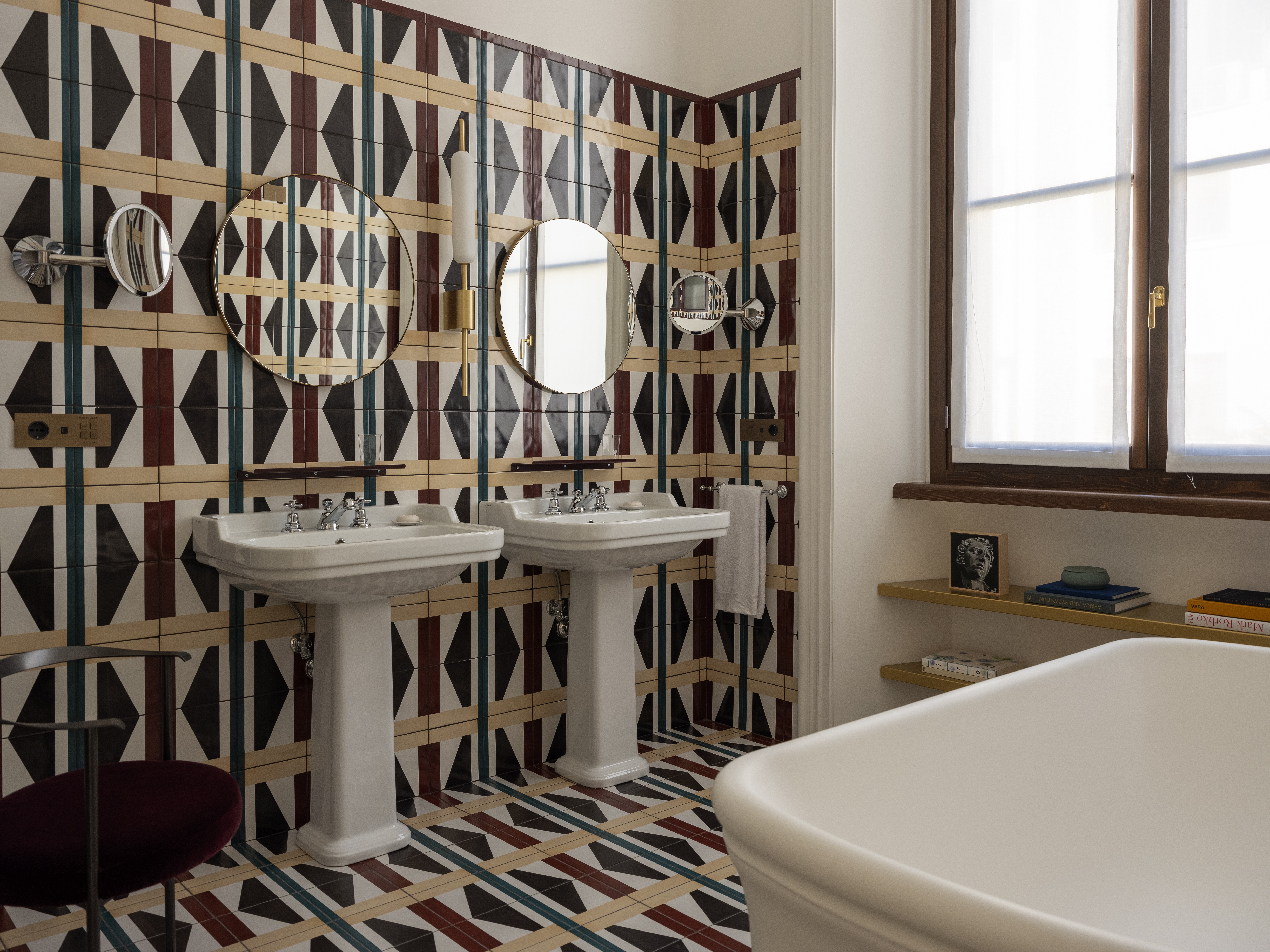
Bathroom Tile Trends 2025 — What All The Best Dressed Bathroom Walls Are Wearing
From large format natural stone for a spa-style look to bold geometrics that are fun, fun, fun
By Raluca Racasan Published
-
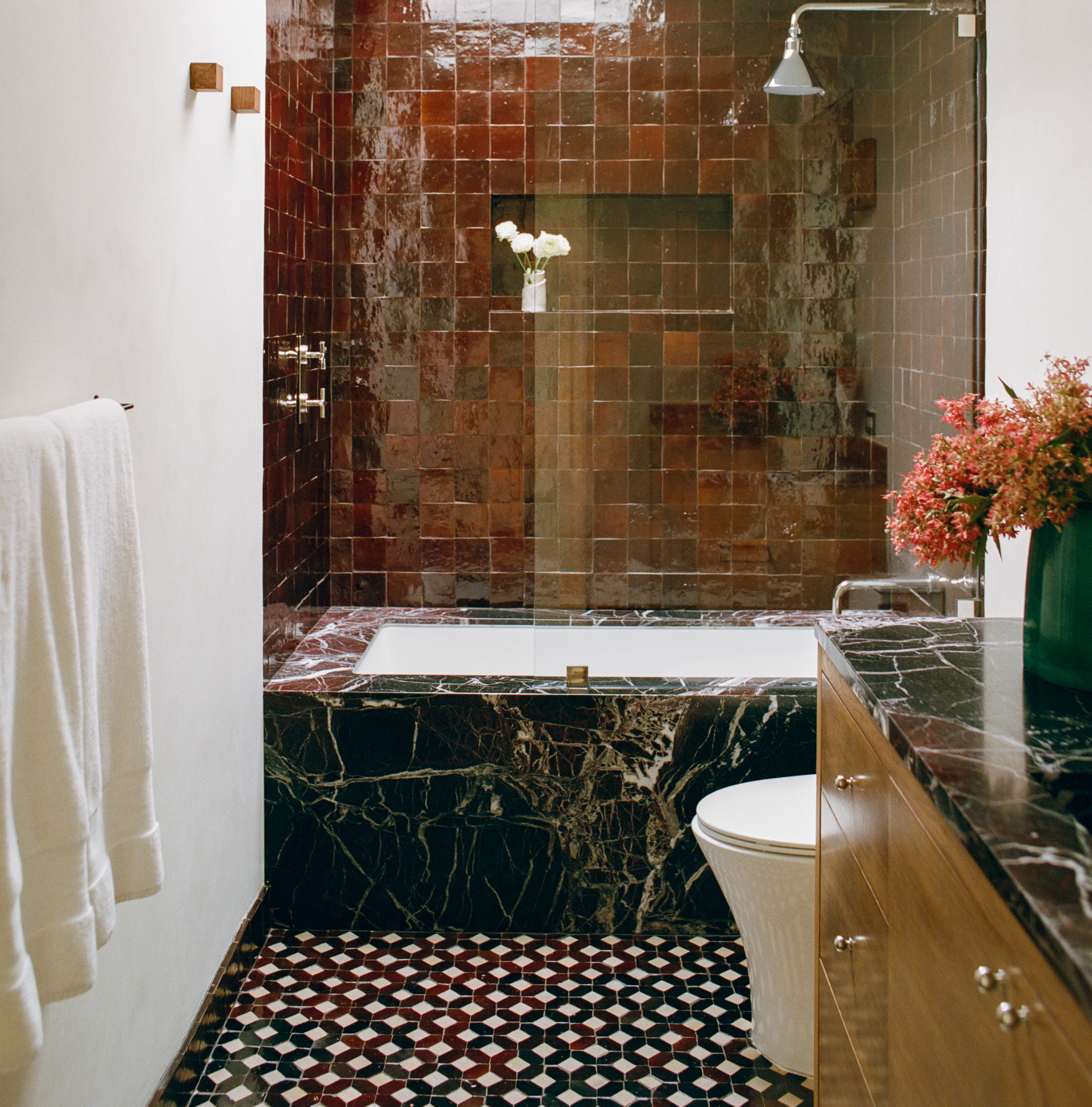
Before & After — This Dated Bathroom's Makeover Uses the Trending Tile Color for 2025
For this Hollywood home's primary and guest bathroom, it was out with the bland and outdated leftovers from its previous owners, and in with the new
By Daisy Finch Published
-
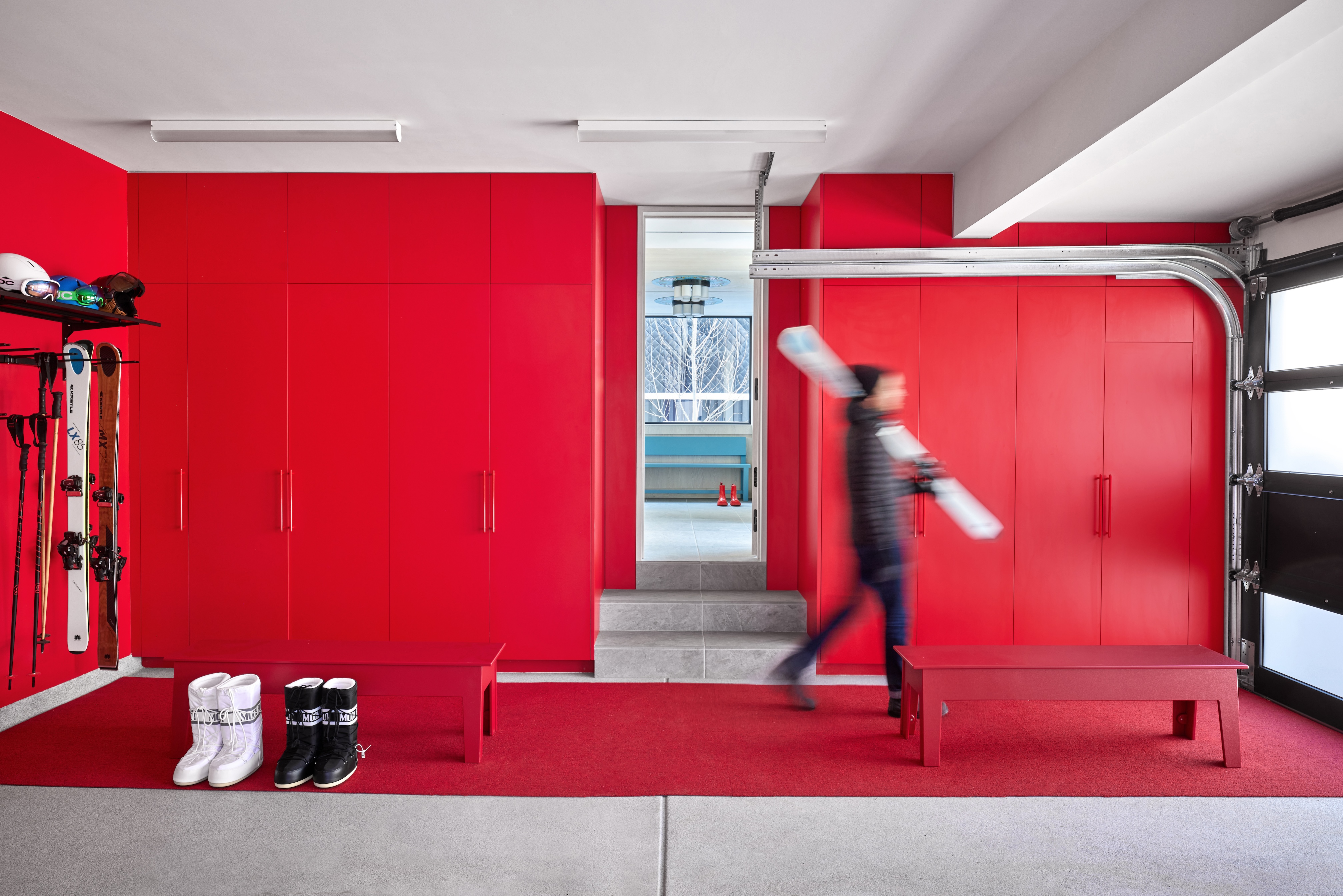
A Bold Take on Alpine Style, Ghislaine Viñas' Colorful New Vision Reboots an Aspen Ski Home
The designer's penchant for colorful contrast brings an energetic refresh to modern mountain style — take a peek inside
By Keith Flanagan Published
-

Inside Selena Gomez's Property Portfolio — From LA to Texas, Tour the Megastar's Opulent Homes
Former Disney star Selena Gomez has an impressive roster of homes that offer insight into her classic interior design style
By Lilith Hudson Published
